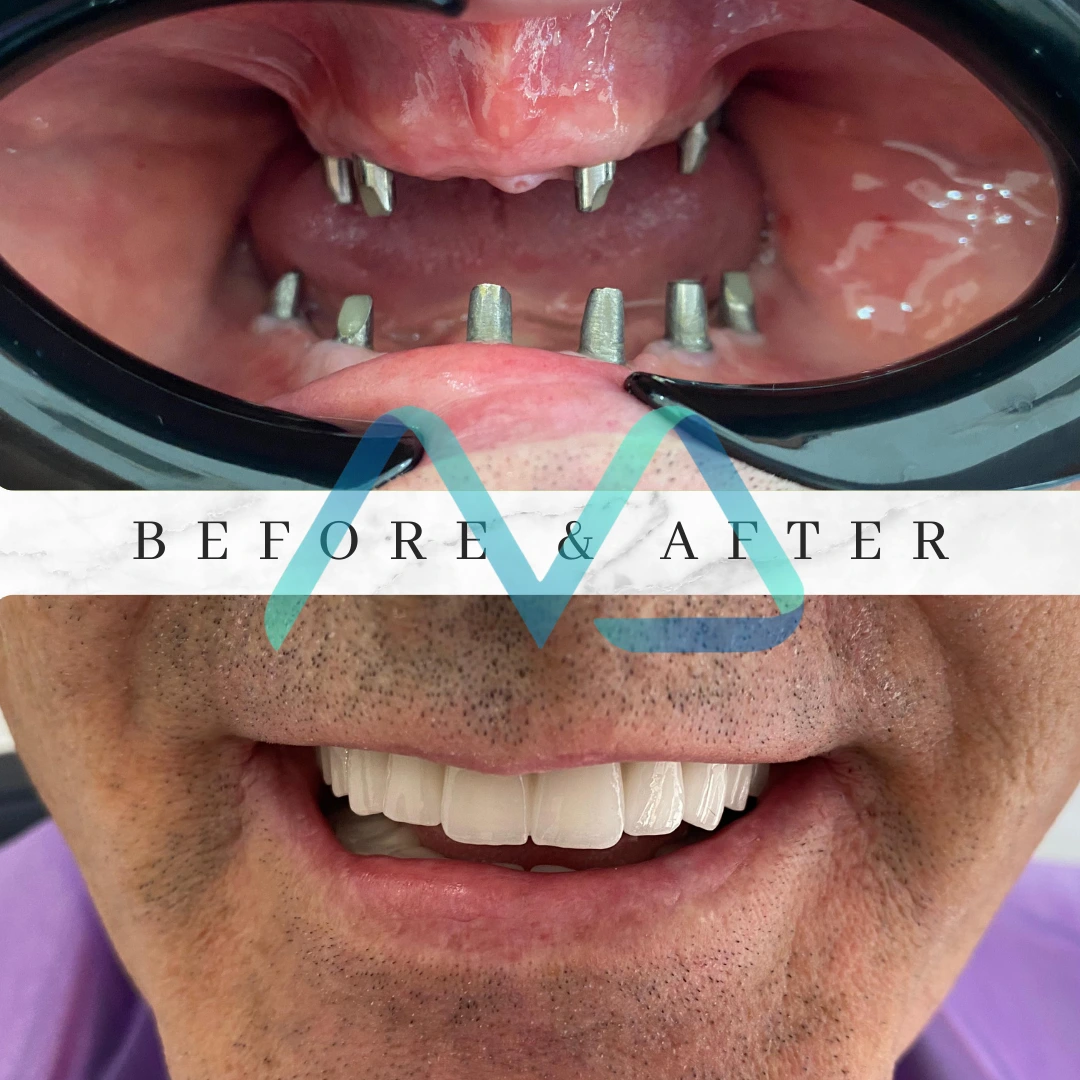
Depends on treatment
Average Length of Stay in Istanbul
Depends on treatment
Average Session Required
Depends on treatment
Length of Stay in Hospital
1 Day
Operation Duration
Local Anesthesia
Anesthesia
Depends on treatment
Recovery Time
Tooth Extraction in Turkey-Get Your Quote Now
Introduction to Tooth Extraction
Tooth extraction is a dental procedure performed to remove a tooth from its socket in the jawbone. It's usually considered when a tooth is damaged beyond repair due to decay, periodontal disease, or trauma, and when it poses a risk to oral health or orthodontic treatment plans.
Initial Consultation: Assessing the Need
The first step in the tooth extraction process is a thorough evaluation by your dentist. This includes a review of your dental and medical history, an examination of the affected tooth, and X-rays to assess the tooth's condition and surrounding bone structure. Your dentist will discuss the reasons for the extraction, potential risks, and aftercare.
Planning the Extraction: Tailoring the Approach
Based on the initial assessment, your dentist will determine the most appropriate extraction method:
Simple Extraction:
Performed on a tooth that is visible in the mouth, typically under local anesthesia.
Surgical Extraction:
Required for a tooth that has not erupted through the gum line or has broken at the gum line, and may involve general anesthesia or sedation.
Preparing for the Procedure: Ensuring Safety
Your dentist may prescribe antibiotics before the procedure if you have specific medical conditions, an infection, or a weakened immune system. You'll also receive instructions on eating, drinking, and medication adjustments before the extraction.
The Extraction Process: Removing the Tooth
For a simple extraction, your dentist will use an instrument called an elevator to loosen the tooth and forceps to remove it. For a surgical extraction, an incision in the gum may be necessary, and the tooth may need to be sectioned into pieces for easier removal.
Recovery and Healing: Post-Extraction Care
After the tooth is extracted, a blood clot forms in the socket. Your dentist will place gauze over the extraction site to help stop the bleeding and may use stitches to close the gum edges. You'll be given specific aftercare instructions, including how to manage swelling and pain, oral hygiene practices, and dietary recommendations.
Managing Discomfort: Ensuring Comfort
Mild to moderate discomfort is normal after a tooth extraction. Over-the-counter pain relievers, ice packs, and rest can help manage pain and swelling. Avoid smoking and using a straw, as these can dislodge the blood clot and delay healing.
Follow-Up Care: Monitoring Progress
Your dentist may schedule a follow-up appointment to monitor your healing and remove any stitches that were not self-dissolving. It's essential to attend these appointments and to contact your dentist if you experience prolonged pain, swelling, or signs of infection.
Frequently Asked Questions
How Long Does Recovery Take?
The initial healing period typically lasts one to two weeks, with complete healing of the gum tissue taking up to a month.
What Are the Risks of Tooth Extraction?
While generally safe, risks include dry socket, infection, and damage to surrounding teeth or bone. Following your dentist's aftercare instructions can minimize these risks.
Why Consider Tooth Extraction?
Tooth extraction can alleviate pain, prevent the spread of infection, and create a healthier environment for the remaining teeth. It's crucial to work with an experienced dentist to ensure the best outcomes and to discuss tooth replacement options if necessary.








